Charles II Crown 1668
Category:
Dating:
Description:
Until the reign of King Charles II, the coins were struck by hand. Then the Mint figured out how to make coins on machines or as they are known in the coin trade as Milled coins. They were made from 1662-1681. You have the King on one side dressed as a Roman Emperor and the other side has four crowned coats of arms with double ‘C’ in between them. At the time a Crown or Five Shillings was a lot of money and you would have had to be considered rich to own one. Dates will be of our choice, but all coins will come with the ‘new fangled’ lettered edge.
Literature:
With the execution of Charles I in 1649, rule passed to the Commonwealth and later the Protectorate. But the republic under Oliver Cromwell would prove short-lived. In 1660 the British monarchy was restored under the returning Charles II, exiled in mainland Europe since his defeat at the Battle of Worcester in 1651. Two years later this crown was issued for circulation, one of the first examples of mill striking as production moved away from traditional hammer struck coins.
Crowns have a long history, derived from a gold coin introduced by Henry VIII in 1526 to replace the Sovereign. The gold of that Sovereign was too soft, so hard-wearing ‘crown gold’ was introduced. This has been the standard of British gold coins ever since. In 1551 coins of the same size and weight, but made from silver, were brought in.
They adopted the name crown from the gold version and became the sole carrier of that name after 1662, when gold crowns were no longer produced.
Crowns have a long history, derived from a gold coin introduced by Henry VIII in 1526 to replace the Sovereign. The gold of that Sovereign was too soft, so hard-wearing ‘crown gold’ was introduced. This has been the standard of British gold coins ever since. In 1551 coins of the same size and weight, but made from silver, were brought in.
They adopted the name crown from the gold version and became the sole carrier of that name after 1662, when gold crowns were no longer produced.
Inscription:
The edges of King Charles II silver crowns were inscribed with the words DECVS ET TUTAMEN (“An ornament and safeguard”) followed by ANNO REGNI (“year of reign”) and then the kings’ regnal year. King Charles II measured his reign from the death of his predecessor King Charles I in 1648, sweeping aside the eras of the Commonwealth and Cromwell. The crowns of 1664 to 1666 feature the reign in roman numerals, while those after 1667 are in words.
Material:
Silver
Weight:
29,0 g
Diameter:
38,0 mm
Condition:
Mostly preserved
Detector:
Deus II
Find depth:
12 cm
Country:
England
County:
57
Rear / Cleaned with water
Uncleaned
Uncleaned
Cleaned with water
Cleaned with water
Uncleaned
Uncleaned
In ground
Cleaned with water
Cleaned with water
Social Media & E-mail
Copy and share link:
To write a comment, please log in.
Related finds
Gold
Silver
Silver
Silver
Silver
Silver

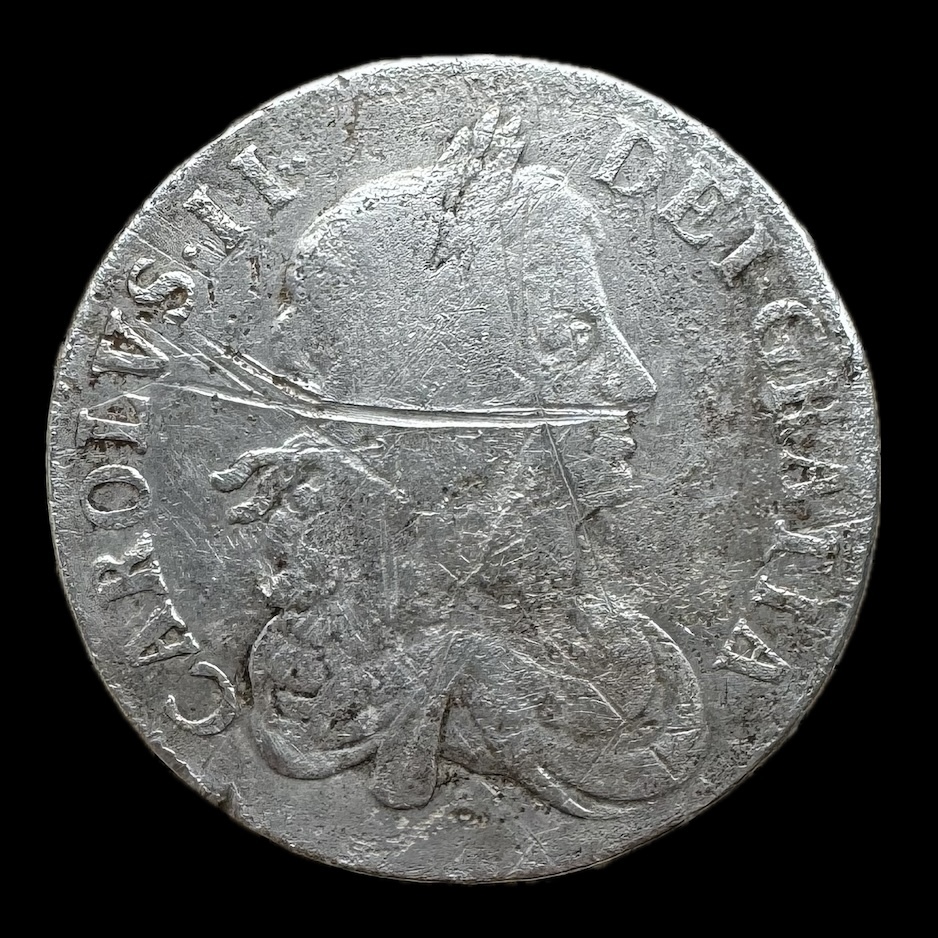
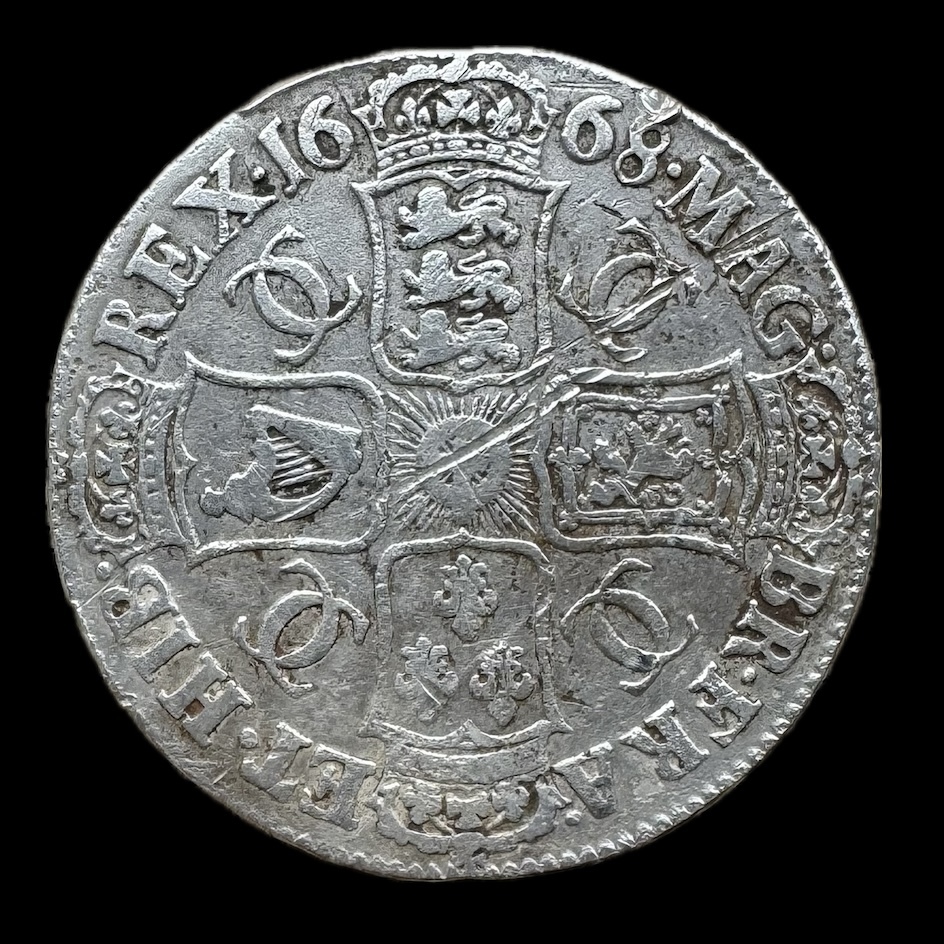
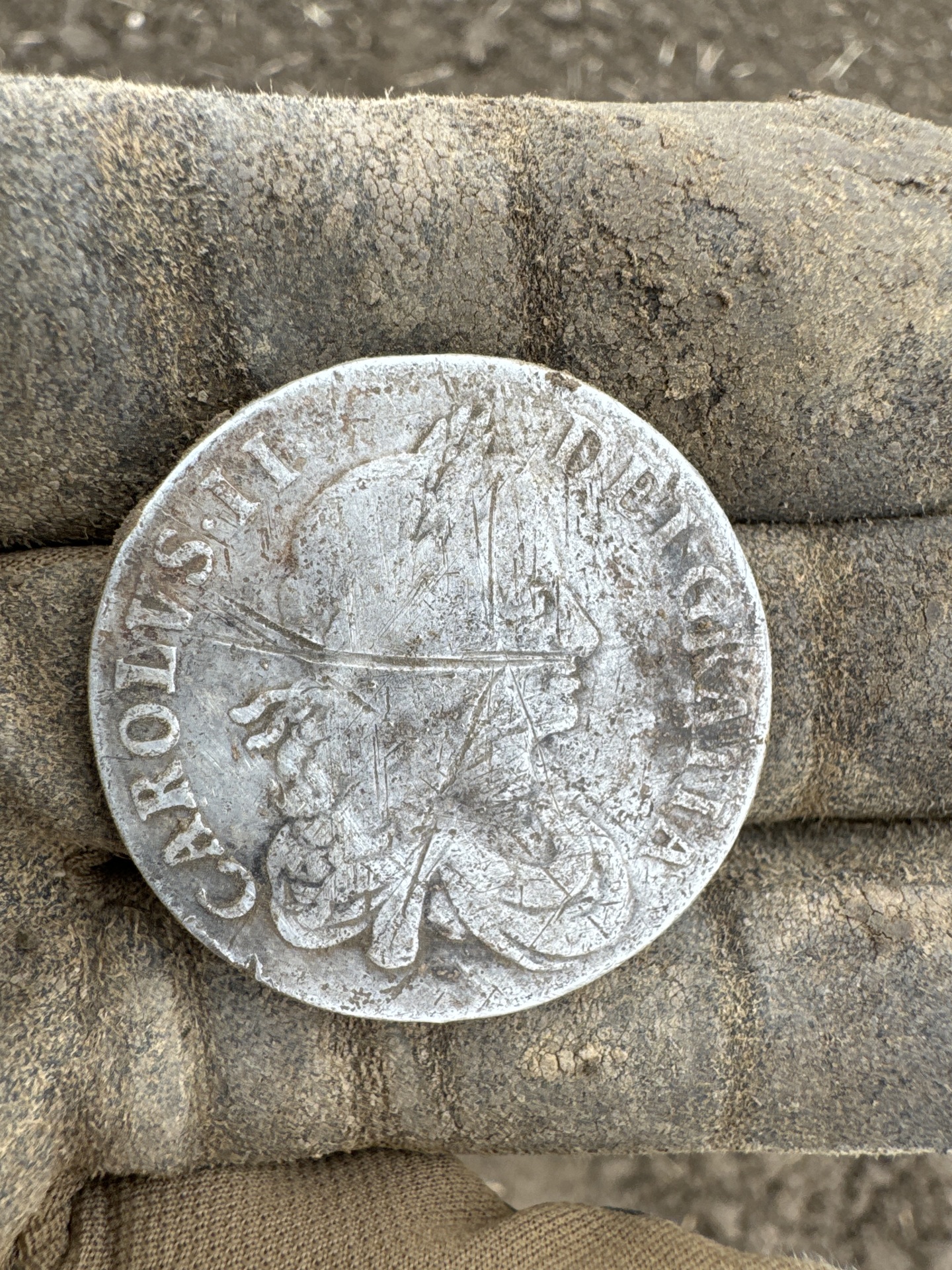
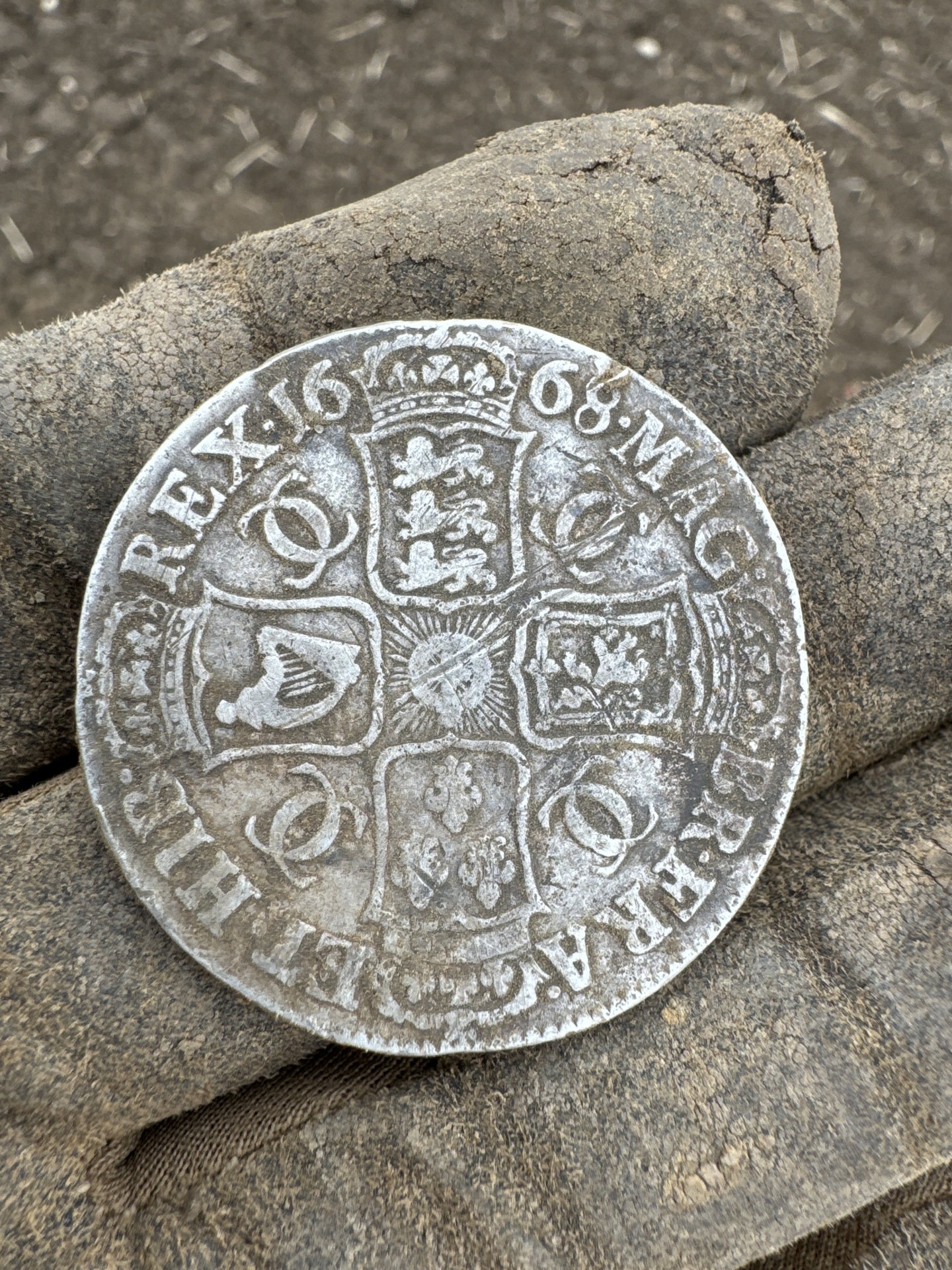
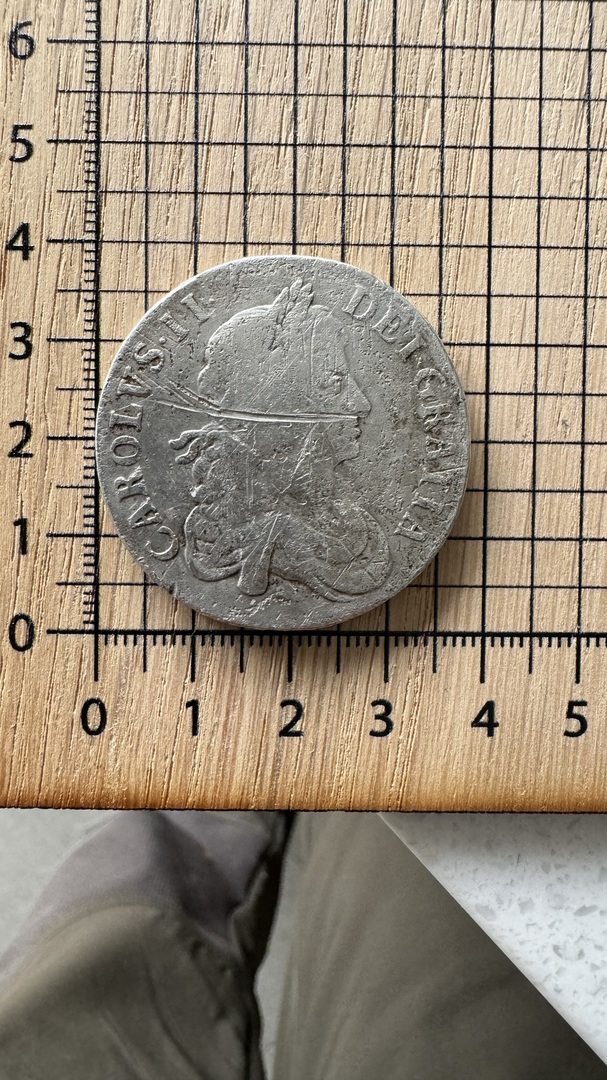
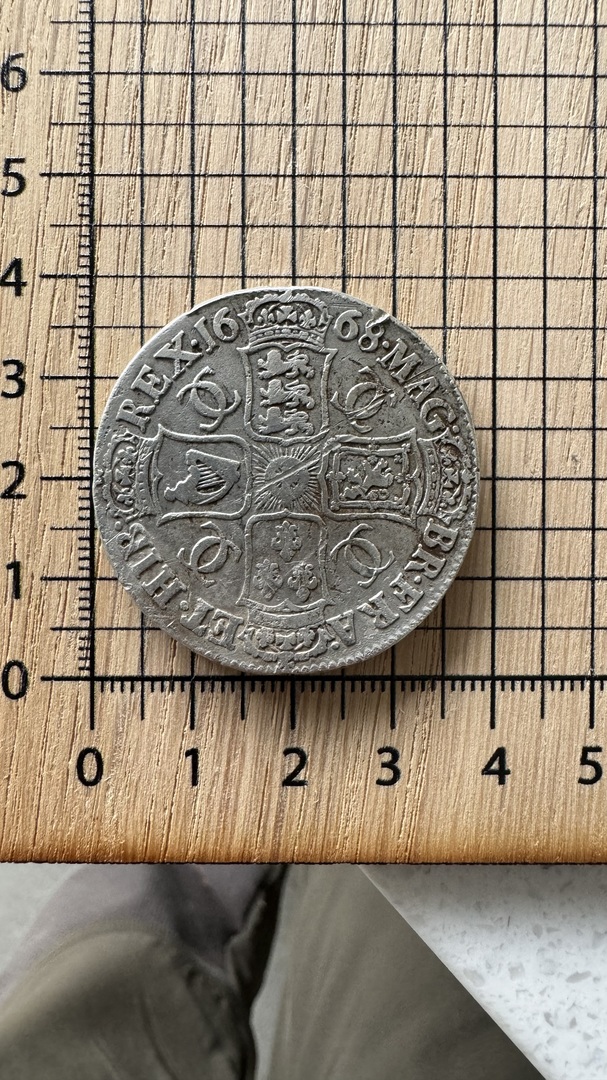
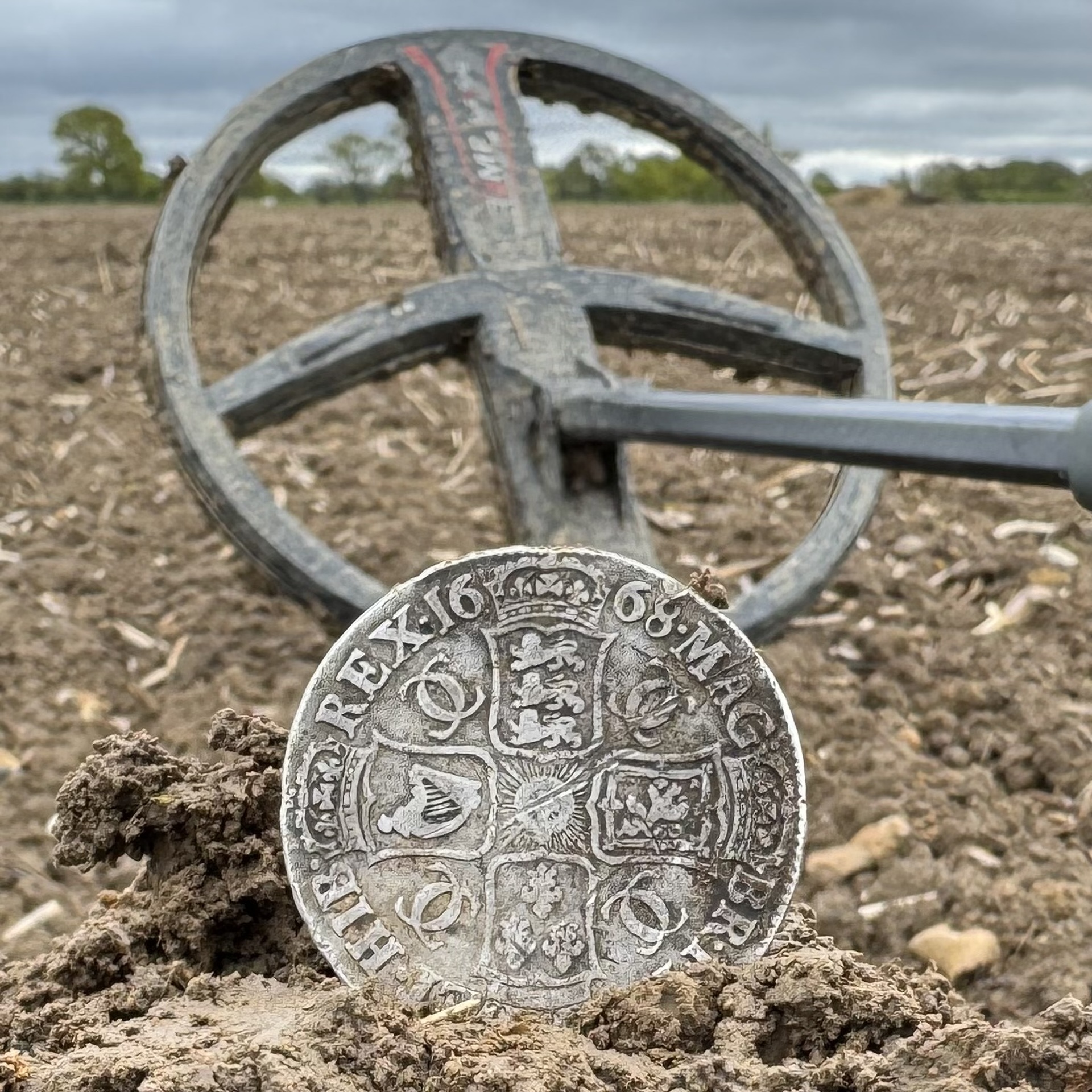
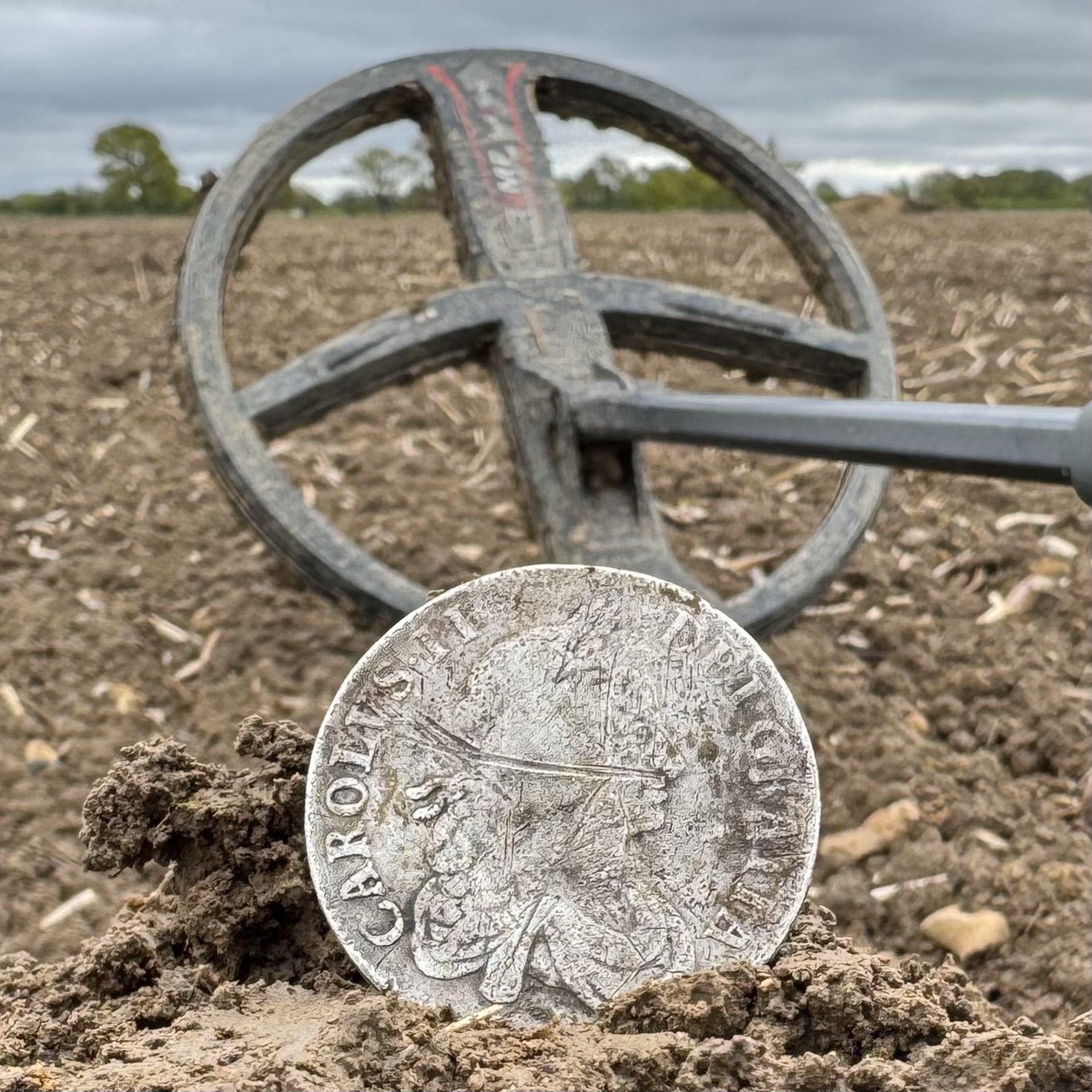
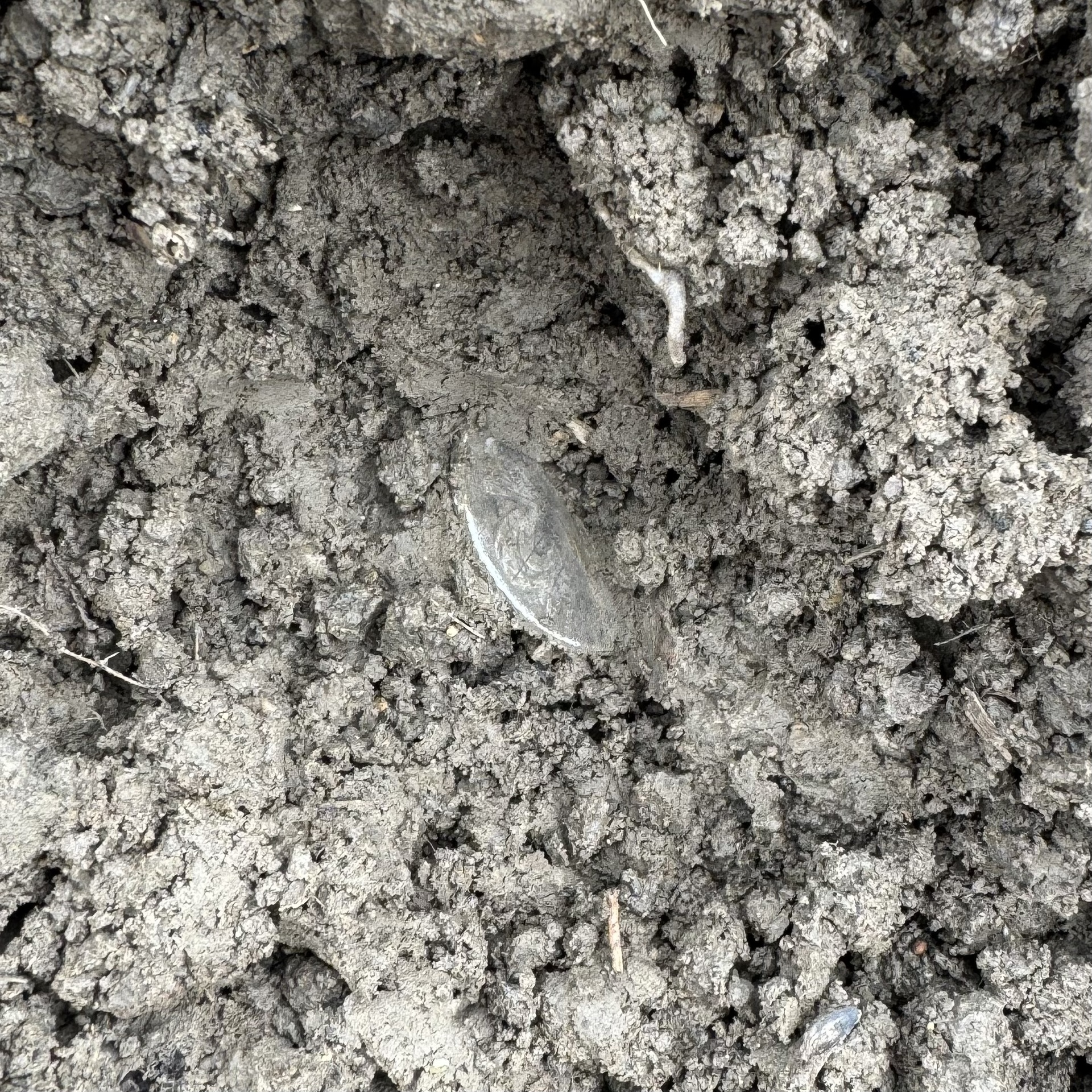
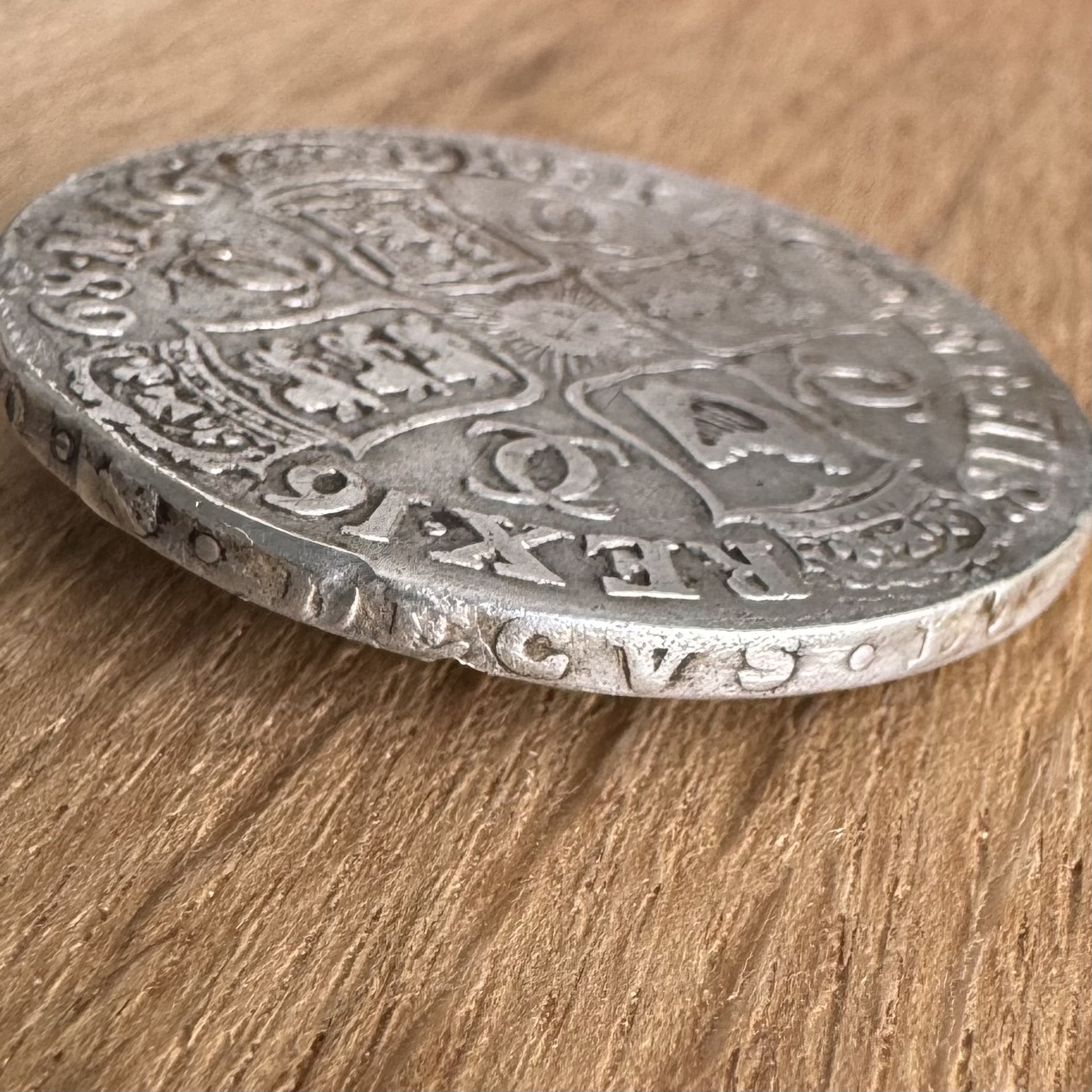
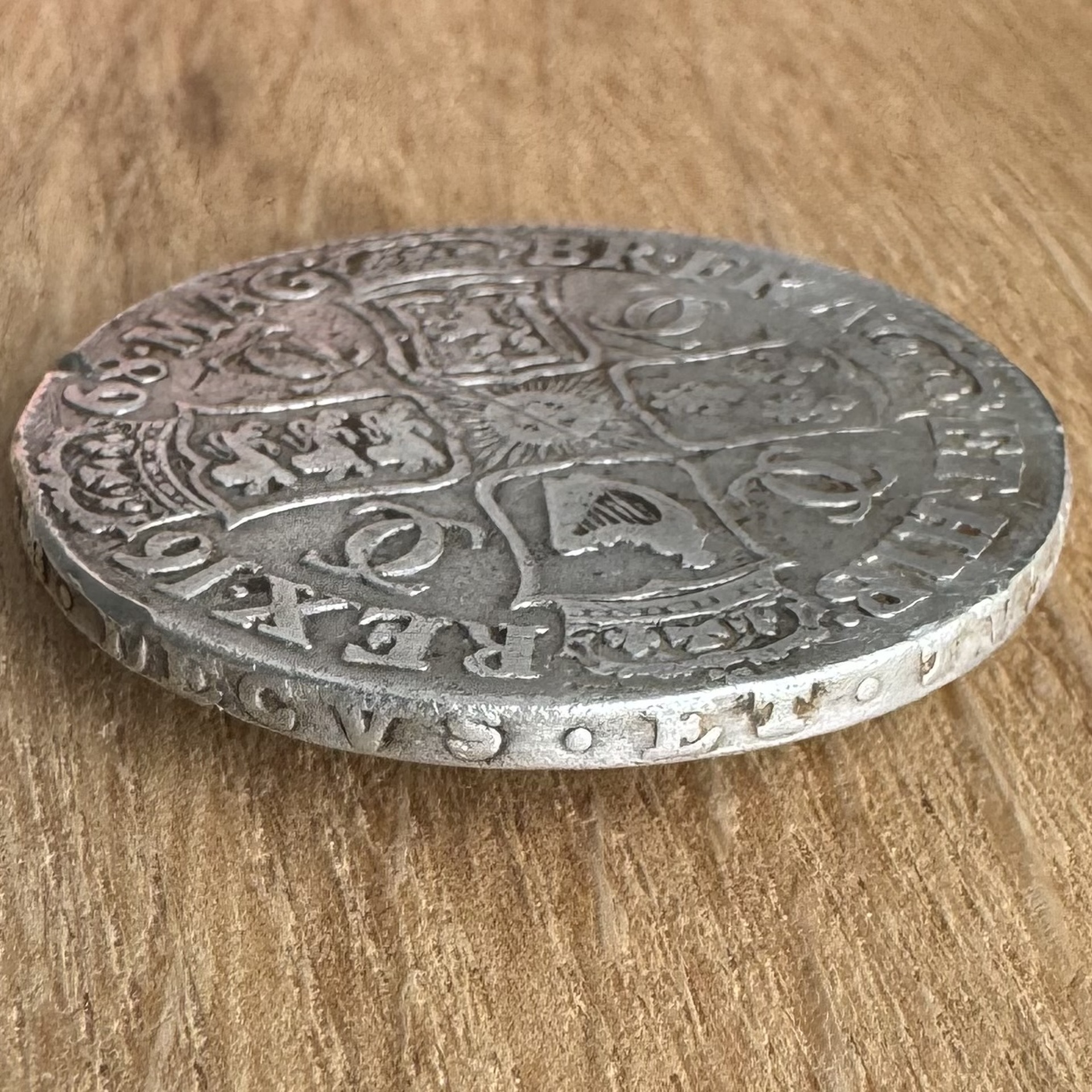

What a coin... 😍